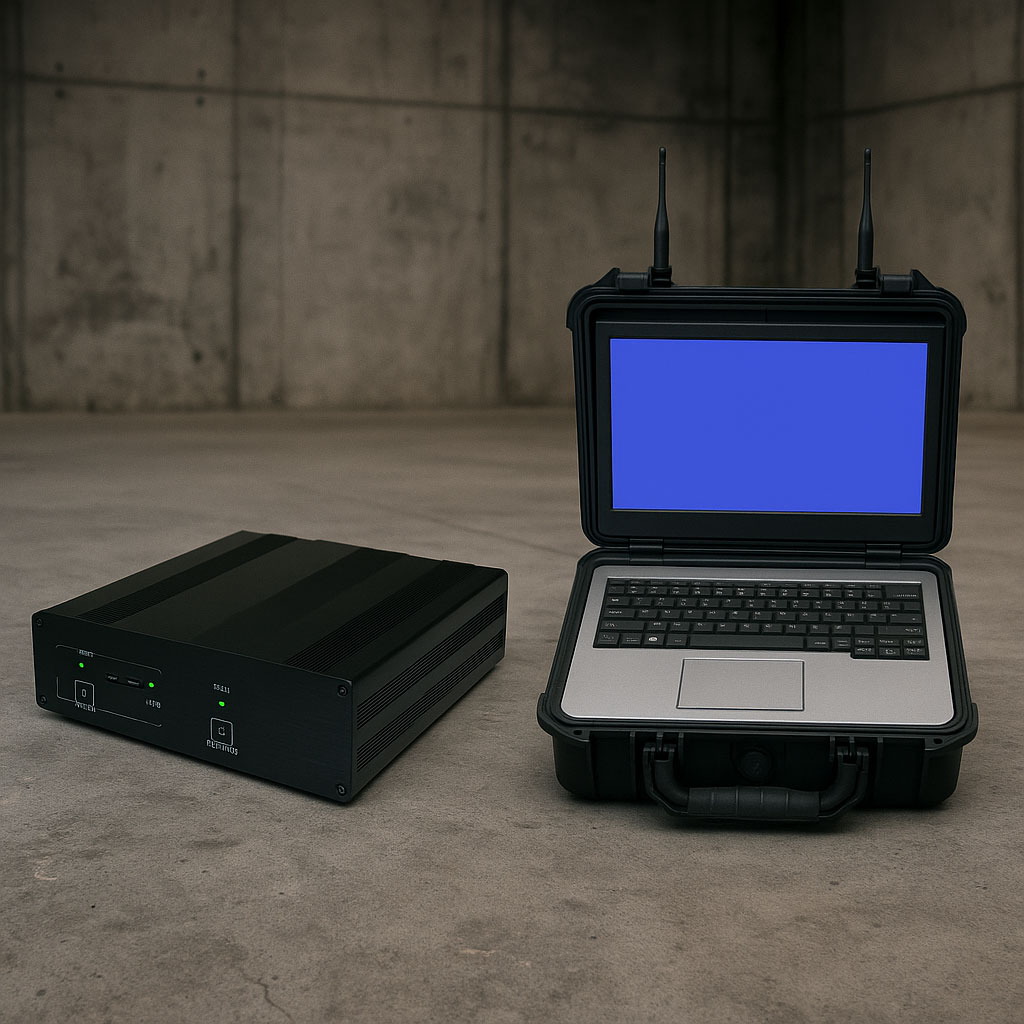Passive Cellular System – Coverage Extension and Surveillance Without Transmission
Phantom Technologies LTD offers a cutting-edge Passive Cellular System designed to detect, monitor, and enhance wireless communications without emitting any signals. Unlike active systems that simulate base stations and transmit RF energy, passive systems operate by listening to cellular activity and analyzing RF signals from real mobile networks and devices within range.
This solution is ideal for covert surveillance, signal intelligence (SIGINT), and network optimization, especially in areas where active systems are not feasible due to operational, legal, or geographic constraints.
Key Capabilities
-
Passive Detection and Monitoring
Captures and analyzes cellular signals (GSM, UMTS, LTE) without transmitting. Operates completely silently to avoid detection.
-
IMSI/IMEI Identification
Identifies mobile subscribers by passively collecting IMSI, IMEI, and other metadata from mobile devices in the area.
-
Network Analysis & Coverage Mapping
Collects signal strength, frequency use, and location data to map real-time coverage, detect dead zones, and optimize cellular infrastructure.
-
Cost-Effective, Low-Power Deployment
Does not require transmission licenses or power-hungry infrastructure. Ideal for long-term deployments, disaster zones, and remote locations.
-
Enhancement of Active Networks
Complements active systems by extending signal reach through RF reflection, especially in difficult terrain or dense urban areas.
-
Intelligence and Counter-Surveillance Operations
-
Cellular Network Planning and Optimization
-
Emergency Response and Disaster Recovery
-
Military & Border Monitoring
-
Telecom Regulatory Compliance
-
Remote Area Cellular Access (using passive relays)
Phantom’s Solution
Phantom Technologies has developed a modular passive cellular interception and extension platform that serves both signal intelligence (SIGINT) and network enhancement purposes. By using a distributed array of passive reflectors or antennas, the system captures existing RF signals and analyzes them in real-time without disrupting live networks.
This system is especially effective in:
-
Detecting mobile devices silently
-
Monitoring cellular activity for security and regulatory purposes
-
Supporting operations where stealth and legal constraints prevent active transmission
Installation is simple and scalable. Reflectors or sensors can be mounted on buildings, poles, or natural terrain, and the system can be deployed within minutes, offering silent situational awareness and signal mapping.
-
Signal Intelligence (SIGINT): Silent monitoring of live mobile traffic, useful for target identification and movement tracking.
-
Network Engineering: Assists MNOs in identifying signal interference, coverage gaps, and frequency congestion.
-
Security & Compliance: Detects unauthorized base stations or abnormal signal patterns that may indicate hacking, jamming, or illegal surveillance.
-
R&D Applications: Ideal for labs or field teams working on new wireless protocols, equipment, or frequency behavior testing.
Why Phantom Technologies?
Phantom Technologies is a global leader in RF interception, jamming, and cellular intelligence systems, delivering solutions to military, intelligence, and law enforcement agencies in over 50 countries. All products are developed and manufactured in Israel, ensuring compliance with the highest standards of operational security, engineering precision, and modular adaptability.






